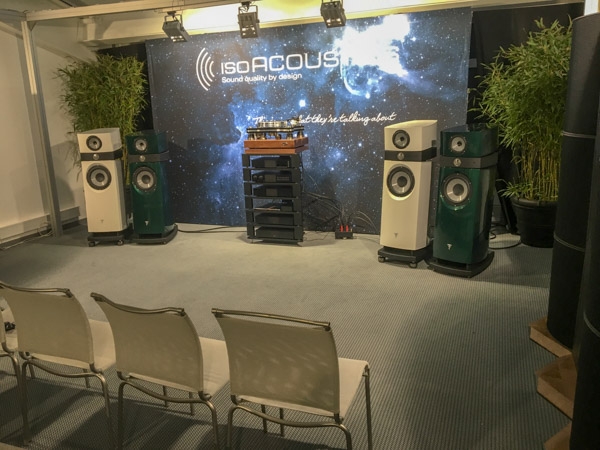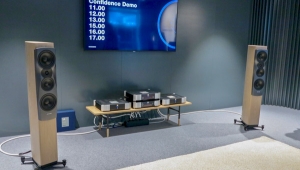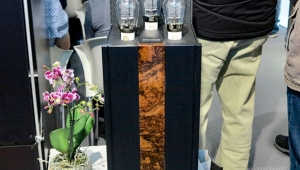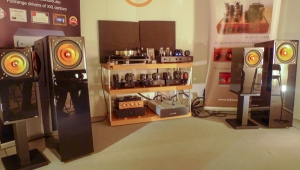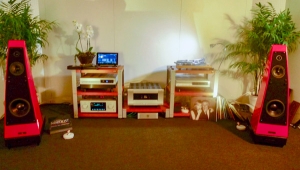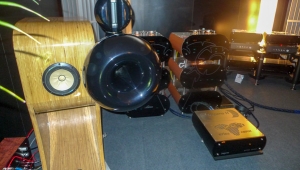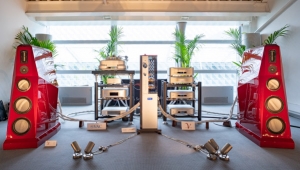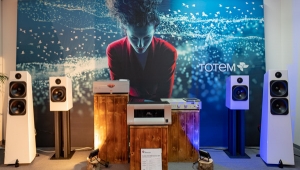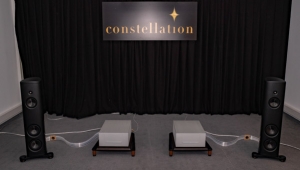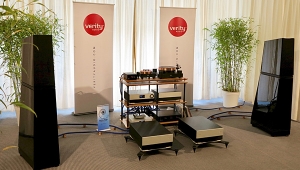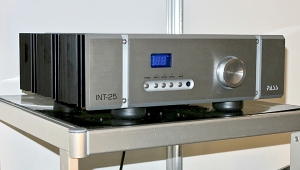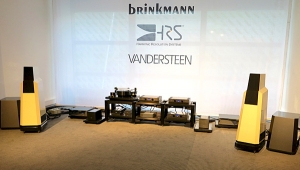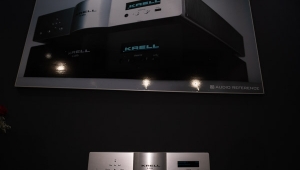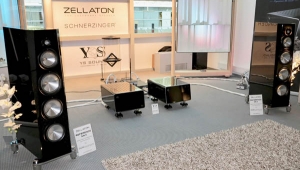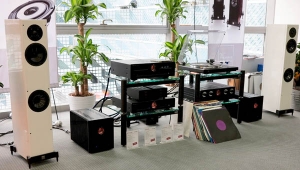| Columns Retired Columns & Blogs |
Amazing.
You'd think Focal would have the resources to properly 'support' their speakers and make that part of the design and manufacture process.
I'd love to see that question in an interview!
I am thrilled that you will review them. I wonder whet they will do to your Wilsons! You will really have to control height, etc. when you make the change. Of all companies, you'd expect Wilson to have worked out what to put beneath their speakers.
How embarrassing would this be: "Wilson Audio Specialties Alexandria XLF, 200,000 dollars per pair, or 201,700 dollars with proper feet."
Thanks for the great reports!
